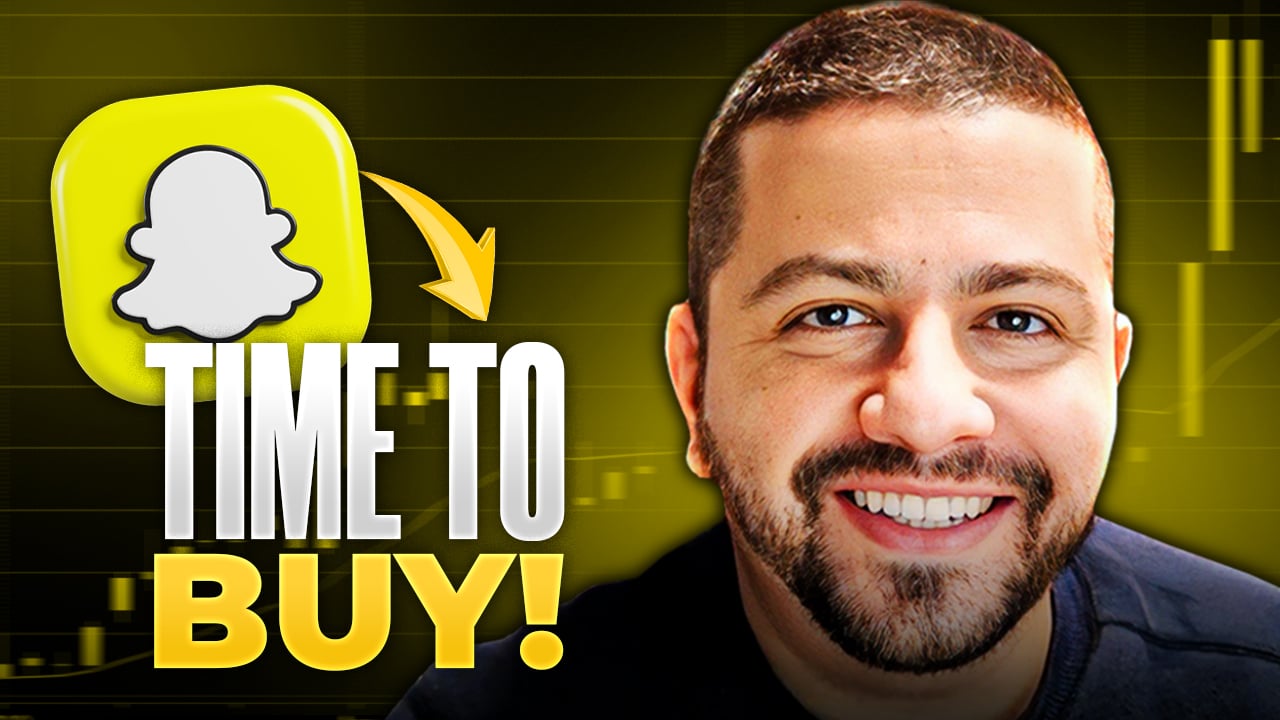Snap (SNAP 2.96%) went public at $17 per share in March 2017. The Snapchat maker initially surged to the mid-$20s, but concerns about its slowing growth, massive losses, and lofty valuation caused the stock to slide to $5 last December.
But today, it trades above its IPO price again, and investors who bought the stock at its all-time low would have more than tripled their investment in less than a year. Let's see why Snap's stock recovered -- and whether or not it's still a bargain at its IPO price.

Image source: Getty Images.
How did Snapchat mount a comeback?
For a long time, the bears argued that Facebook's (FB 0.09%) Instagram would render Snapchat obsolete by cloning its most popular features, including vanishing messages, short video stories, and filters. Snapchat's decelerating growth in daily active users (DAUs) seemed to confirm that thesis, and investors fled.
But in the first quarter of 2019 Snapchat's users rose 2% sequentially to 190 million, indicating that the app wasn't fading away. That growth continued in the second quarter of 2019, when its DAU growth accelerated sequentially and annually to 203 million:
|
DAU growth |
Q2 2018 |
Q3 2018 |
Q4 2018 |
Q1 2019 |
Q2 2019 |
|---|---|---|---|---|---|
|
Sequential |
(2%) |
(1%) |
0% |
2% |
7% |
|
Annual |
8% |
5% |
0% |
(1%) |
8% |
Source: Snap quarterly reports.
Snap attributed that growth spurt to the redesign of its Android app, which saw 7% more Snaps than the old version and boosted its retention rates of new users by 10%. It also noted that 75% of 13-to-34 year olds in America use Snapchat, and that it continues to gain users overseas.
Snap's DAUs grew sequentially and annually across all of its global regions (North America, Europe, and Rest of World), on both iOS and Android. Snap also noted that total viewership of its Discover content rose 35% annually, and that daily time spent by Snapchatters watching Discover surged 60% thanks to its new original shows. It stated that the total time spent watching its three-to-five minute Snap Originals "more than tripled" year-over-year.

Image source: Snap.
All those tailwinds, along with Snap's focus on selling more self-serve ads through its automated platform, boosted its average revenue per user (ARPU) 37% annually -- which maintains the company's impressive streak of more than 30% ARPU growth over the past year:
|
Metric |
Q2 2018 |
Q3 2018 |
Q4 2018 |
Q1 2019 |
Q2 2019 |
|---|---|---|---|---|---|
|
ARPU |
$1.40 |
$1.60 |
$2.09 |
$1.68 |
$1.91 |
|
Annual growth |
34% |
37% |
37% |
39% |
37% |
Source: Snap quarterly reports.
As a result, Snap's revenue rose 48% annually to $388 million, crushing estimates by $30 million and marking the company's strongest growth in five quarters. It expects that momentum to continue with 38%-46% revenue growth in the third quarter.
But what about profits and cash flows?
Snapchat's top-line growth is impressive, but it's still deeply unprofitable. However, its focus on cutting costs is gradually paying off -- its operating loss narrowed from $358 million a year ago to $305 million, its net loss narrowed from $353 million to $255 million, and its adjusted EBITDA loss narrowed from $169 million to $79 million.
But Snap is still burning through a lot of cash. It ended the quarter with $336 million in cash and equivalents, down from $387 million at the end of 2018. However, Snap's focus on cutting costs is slowing that burn rate to more sustainable levels. Its operating cash flow improved by $104 million to negative $96 million during the quarter, while its free cash flow improved by $131 million to negative $103 million.
During the conference call, CFO Derek Andersen stated that Snap was still focused on "making progress toward profitability and positive free cash flow" while making strategic investments in its business, including new content for Discover, AR lenses and filters, and more tools for developers.
Snap hasn't offered a clear timeline for that path toward profitability yet, but it expects its adjusted EBITDA loss to come in between $60 million to $85 million for the third quarter, compared to a loss of $138 million a year ago. Analysts expect its bottom line to stay in the red for at least two more years.
So is Snap worth buying at its IPO price?
Snap trades at about 14 times this year's sales and 11 times next year's sales. Those valuations are reasonable, especially compared to its IPO valuation of more than 30 times sales, but they're still much higher than the valuations of its industry peers.
Facebook, for comparison, trades at seven times next year's sales, is consistently profitable, and isn't in danger of running out of cash within a few years. However, Facebook is growing its sales at a slower rate than Snap, and Snap could have more room to run if it keeps gaining new users and locking them in.
Snap isn't an ideal investment for queasy investors, but investors who have an appetite for risk might consider starting a small position at these levels -- it could still have room to run.







